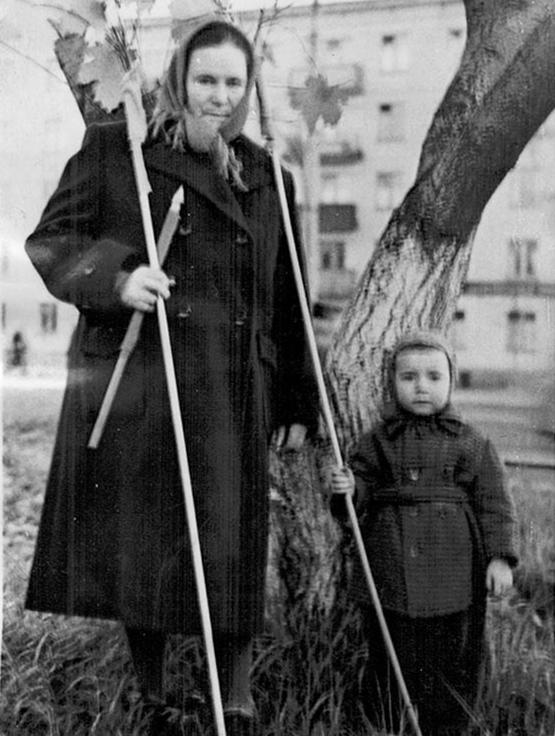
Figure 1.--Here we see A Soviet woman and her son. The dealer suggests it was taken in the 1960s on Demonstration Day, but hen adds November 7 which would the celebration of the Bolshevik Revolution. So we are not sure which it is. |

|
Vladimir Lenin in recognition of the role women played in the Russian Revolution declared International Women’s Day an official state holiday after the success of the October Bolshevik Revolution. For that reason it is also known as Demonstration Day. It was not Lenin was in favor of demostration, unless of course the Party organized them. The demonstraton the holiday was commenorating was an anti-war demonstration against the Tsar. Women textile workers in Petrogard demonstration for 'bread and peace' (March 8/February 23). The hungry women demanded bread which had become scarce. Tens of thousands, mostly women, gathered on the Nevsky Prospekt, the principal avenue in the center of the Russian capital. Banners began to appear. The banners varied. Many were patriotic, but there were demands for change. One read 'Feed the children of the defenders of the motherland'. Another read, 'Supplement the ration of soldiers’ families, defenders of freedom and the people’s peace. Gradually the mood changed. A more radical sntiment emerged after the women textile workers from the Vyborg portion of the city came out on strike, protest bread shortages. They were joined by their husbands. Calls arose, 'Bread!' and 'Down with the tsar!' Soon some 100,000 workers had come out on strike. Clashes with police began as the protesting workers tried to cross the Liteiny Bridge which connect the Vyborg area with the city center. Most were dispersed by the police, but several managed to cross the ice-clogged river Neva. Icensed at the police action, they began looting shops as they moved toward the Nevsky. Unlike many protests, the whole episode as largely spotanreous. One historian points out, “Women were mostly the ones on the breadline, and were the core protesters. In fact, male revolutionaries like [Leon] Trotsky were upset at them, as these disobedient and misbehaving women were going out on this International Women’s Day, when they were meant to wait until May.. He was referring to the worker’s protests being planned for May 1--May Day. Despite this, the women's protests that began on March 8 grew to daily mass strikes of workers from all sectors demanding bread, better rights and the end to autocracy. Only a week later, the Tsar abdicated, ending the absolutist regime that had ruled Russia for centuries. The downfall of Tsar opened the way for socialism and the rise of the Soviet Union.
Navigate the Boys' Historical Clothing Web Site:
[Return to the Main Russian woman's/demonstration day holiday page]
[Return to the Main Russian individual holiday page]
[Return to the Main Russian holiday page]
[Return to the Main national holiday page]
[Introduction]
[Activities]
[Biographies]
[Chronology]
[Clothing styles]
[Countries]
[Girls]
[Bibliographies]
[Contributions]
[Essays]
[FAQs]
[Glossaries]
[Images]
[Links]
[Registration]
[Tools]
[Boys' Clothing Home]
